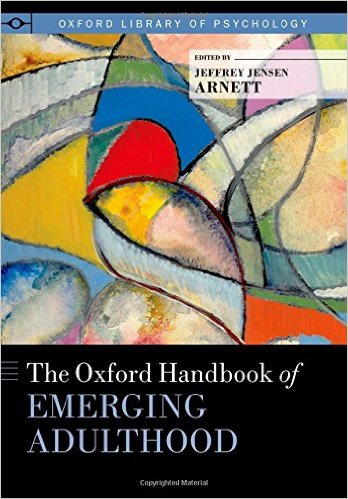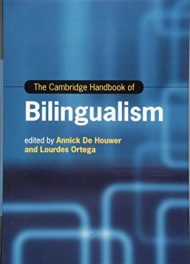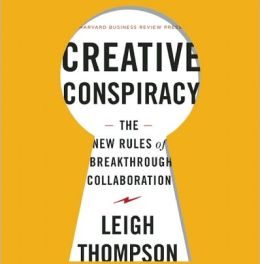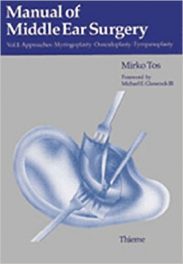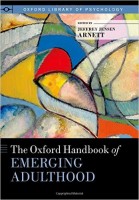 Editor: Jeffrey Jensen Arnett, PhD
Editor: Jeffrey Jensen Arnett, PhD
Publisher: Oxford University Press – 631 pages
Book Review by: Sonu Chandiram
You probably may not have heard the term ‘emerging adulthood’ before, although you must have heard and read of ‘adolescence’ and ‘young adulthood’ as two stages when studying the human lifespan in the area of developmental psychology.
In this book, Jeffrey Jensen Arnett puts focus on emerging adulthood, a term he coined, as a new stage of life (typically between the ages of 18 and 29) that has developed. This is based on studies that show that “in recent decades, the lives of people in their teens and twenties have changed dramatically,” as he describes.
Emerging adulthood is a stage that follows adolescence and precedes young adulthood. When Dr. Arnett first wrote about it in an original paper published in American Psychologist in 2000, it received a lot of attention from scholars. Over the last 15 years since then, there has been an explosion of new knowledge on this period in life.
While a lot has been learned about the lives and activities of emerging adults (sometimes referred to as EAs) and research studies on them abound, all that information had not been put together before until the publication of this work, Oxford Handbook of Emerging Adulthood.
This book is the “first and only comprehensive compilation spanning the field of emerging adulthood,” as described in its inside flap. .
Seventy-five leading scholars and researchers in developmental psychology including the editor, from universities all over the United States and four other countries – Australia, Finland Germany, and Israel, wrote the 36 chapters that constitute this book. These chapters are organized around ten Parts, and we present them below to give you an overview of what you will find covered in this book:
Introduction: Emerging Adulthood Theory and Research: Where We Are and Where We Should Go
- Part One – Theoretical Perspectives
- Part Two – Structural Influences
- Part Three – Cognitive and Brain
- Part Four – Family Relations
- Part Five – Friendships, Romantic Relationships, and Sexuality
- Part Six – Education and Work
- Part Seven – Leisure and Media Use
- Part Eight – The Self
- Part Nine – Cultural Beliefs
- Part Ten – Risk and Resilience
As someone who is taking a look at emerging adulthood for the first time, we urge you to first read the Introduction written by the editor to get a good perspective on this relatively new and growing area of study within developmental psychology.
He points out for example that prior to the publication of his article in 2000, scholars had referred to the period between the late teens and the twenties with other terms such as extended adolescence, prolonged adolescence, transition to adulthood, early adulthood, and young adulthood. But it made no sense to call some who was 29 years old for example, as an ‘extended adolescent’.
While much has been learned about EAs, Jeffrey Arnett suggests that research be done on those people in this group who do not attend college, how they transition from EA to their next life stage, and do things differently based on their ethnicities and cultural backgrounds.
Let us take a look at one of the chapters. Most readers will agree that one of the most important questions younger people ask themselves is: what to become, and what to do in the world, as they enter adulthood.
For those who decided earlier on, in their childhood for example, what they wanted to be when they grew up, and stuck to that decision, much of what followed was fine and dandy. But for those who still could not make up their mind after they entered college, most of their friends had no sympathy for them.
In chapter 19, Developing Self-Authorship in College to Navigate Emerging Adulthood, the authors Marcia Baxter Magolda and Kari Taylor of Miami University share their findings from “two longitudinal studies of college student and young adult development” (as they describe them).
They show how the young adults they studied moved from using career-selection formulas learned in childhood toward developing the capability for what they call ‘self-authorship’ – “a journey that involves developing internal criteria for crafting one’s identities, relationships, and beliefs and yields the ability to navigate external demands.
The authors show that these are some of the factors that help young people develop the self-authorship needed to make decisions they are happy and satisfied with (instead of being overly influenced by friends or pressured by family and relatives to get into careers they may regret getting into):
- Diverse combinations of personal characteristics
- Experiences
- Meaning-making capacities
This book on the new and rapidly growing area of study in developmental psychology – emerging adulthood – is a bold, pioneering effort of Dr. Jeffrey Arnett and 75 other scholars. The studies shared by them reveal characteristics of this group of 18 to 29-year-olds that are distinctly different from other age groups. This is an outstanding contribution to psychology. As we understand ourselves and others more deeply, we lead happier, more meaningful lives.
Editor:
Jeffrey Jensen Arnett, PhD is a Research Professor in the Department of Psychology at Clark University in Worcester, Massachusetts. He is the author of Emerging Adulthood; The Winding Road from the Late Teens Through the Twenties, 2nd edition (OUP, 2915), and Executive Director of the Society for the Study of Emerging Adulthood.

